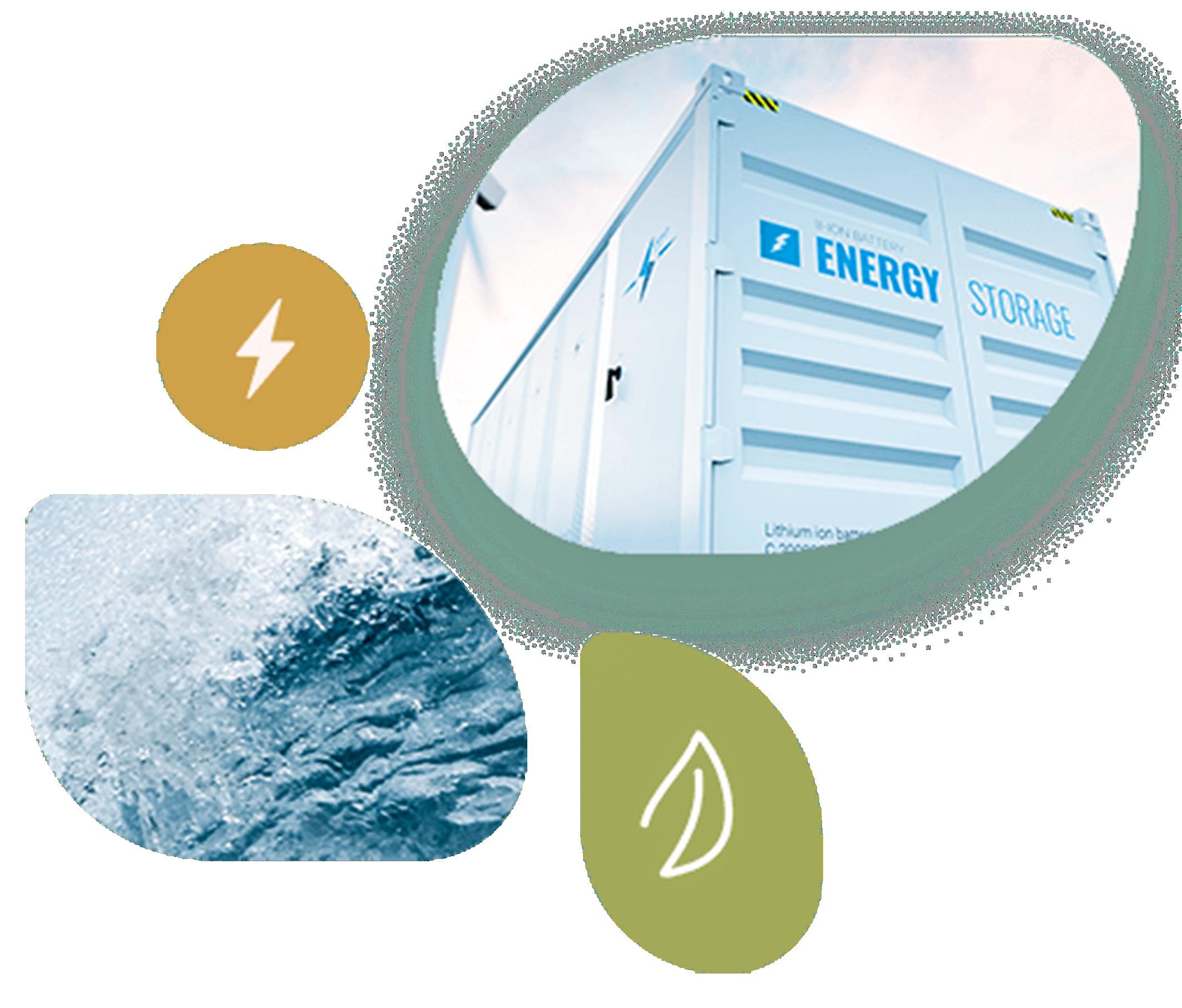
13 minute read
Stunning New Ridge-Side Homes Overlooking the COLUMBIA RIVER
The height of luxury living is now selling at Crescent Ridge
By JILLIAN CHANDLER
Just a two-and-a-half-hour drive west on I-90 is where you will discover Crescent Bar, Washington, home to Crescent Ridge—Central Washington’s ultimate playground. Perched along the Columbia River, Crescent Ridge brings a new and elevated way of living to the region, offering expansive river-view homes complete with floor-toceiling windows, gourmet chef’s kitchens, spa-like primary suites, and oversized garages. Whether seeking adventure or retreat, Crescent Ridge is an enticing home away from home.
A nod to the region’s vibrant wineries, the newly released Vineyard neighborhood boasts awe-inspiring views, spacious lots, and convenient walking-distance access to the essential Crescent Bar amenities such as the boat launch, casual golf, dining, as well as a future amenity core including a resort-style pool, fitness center, on-site tasting room, and an indoor-outdoor entertainment venue. Offered in two unique configurations, homes are clean and contemporary in design, with generous single-level floor plans starting from 2,000 to over 2,800 square feet. Each features one of three distinct finish palettes. Prices start at $1.7 million.
“What sets Crescent Ridge apart from other communities is its setting,” affirms Melissa Camp, Crescent Ridge sales director.
“We are fortunate to sit right up against magnificent 500-foot basalt cliffs and overlook the incredible Columbia River. The proximity of Crescent Ridge to the excitement of Crescent Bar is unparalleled, and these homes truly make adventuring easy. For example, each home includes oversized garages to house your boats, UTVs, golf carts, and gear. Other standout features that our buyers have really been responding to are the home automation system, dual sets of washer and dryers in most homes, sizable living areas fit for entertaining, and spacious wrap-around covered patios.”
With access to the vast array of local amenities, Melissa notes that there is much excitement surrounding the wine tasting and events venue that will be complete by spring 2024. “This building will become the hub of the Crescent Ridge community. We couldn’t be more excited to watch the progress unfold over these coming months.”
The Vineyard has just introduced its first phase of homes and is now selling for summer move-ins. For those wanting to learn more about Crescent Ridge’s available inventory or would like to schedule a private tour, you can reach out to their dedicated sales team by calling 509.787.0500 or emailing sales@crescentridgeresort.com.
Crescent Ridge 509.787.0500
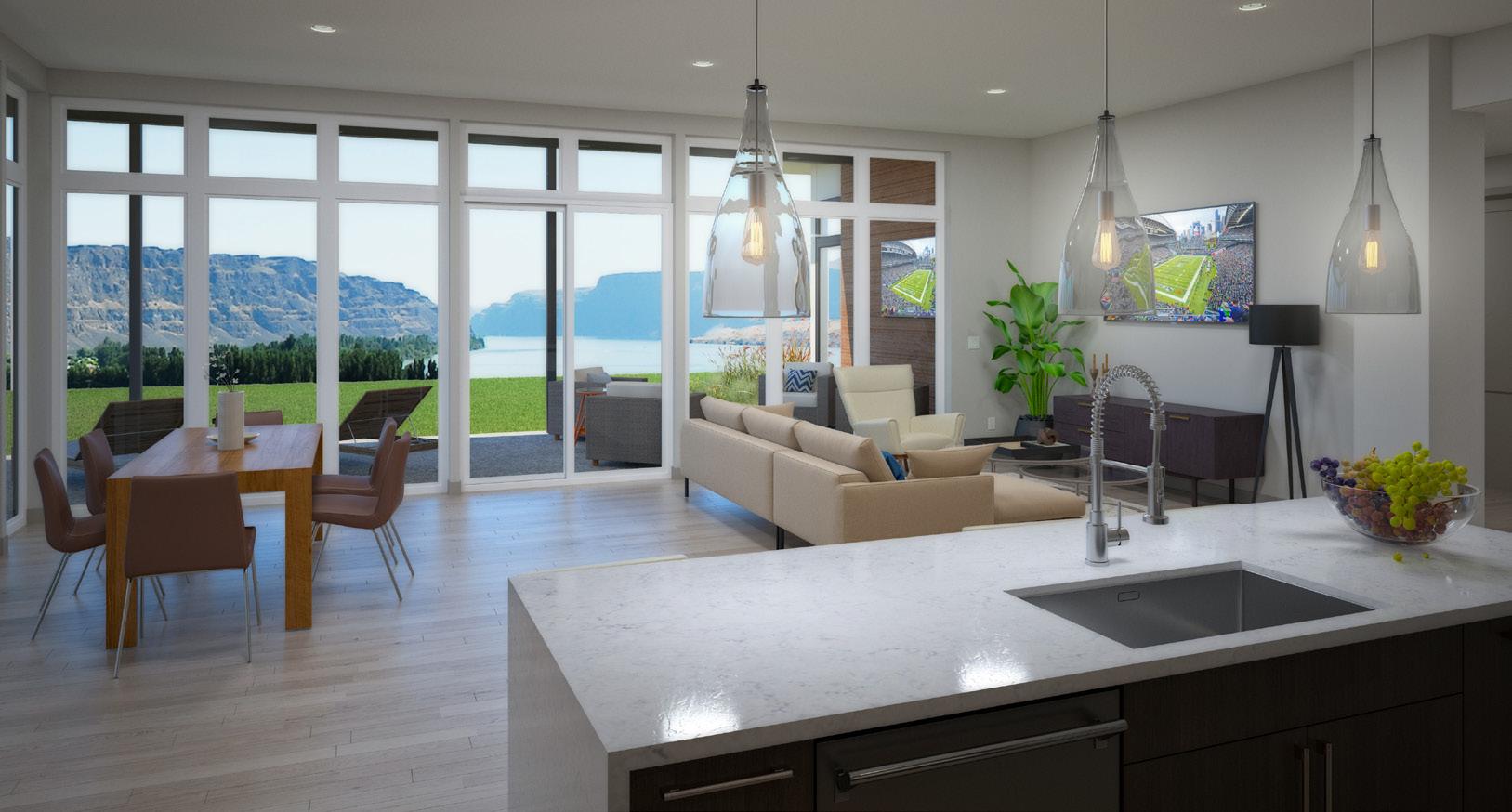
CrescentRidgeResort.com
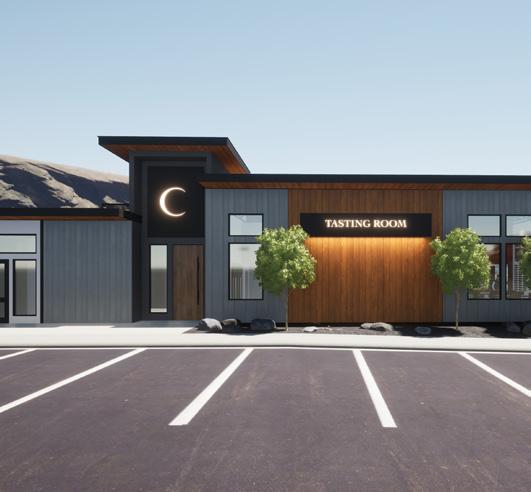
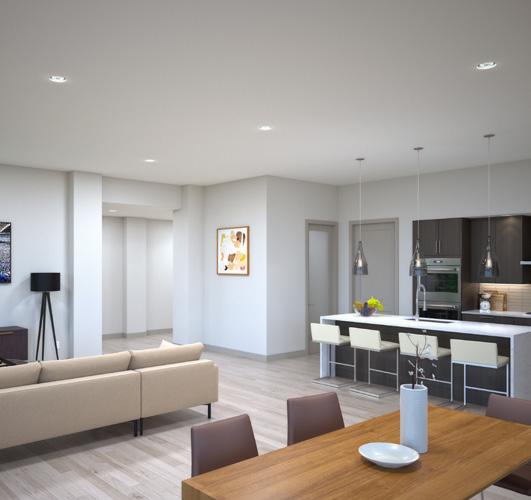
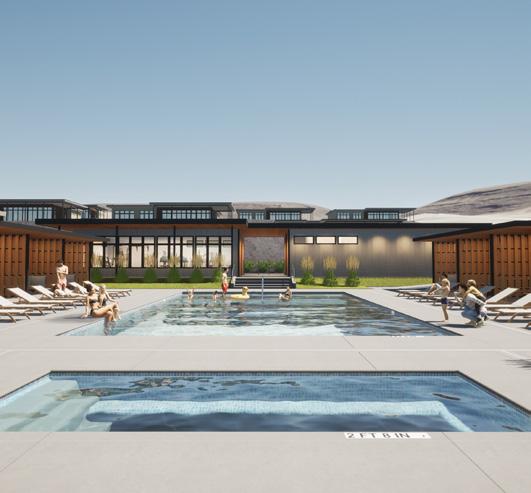
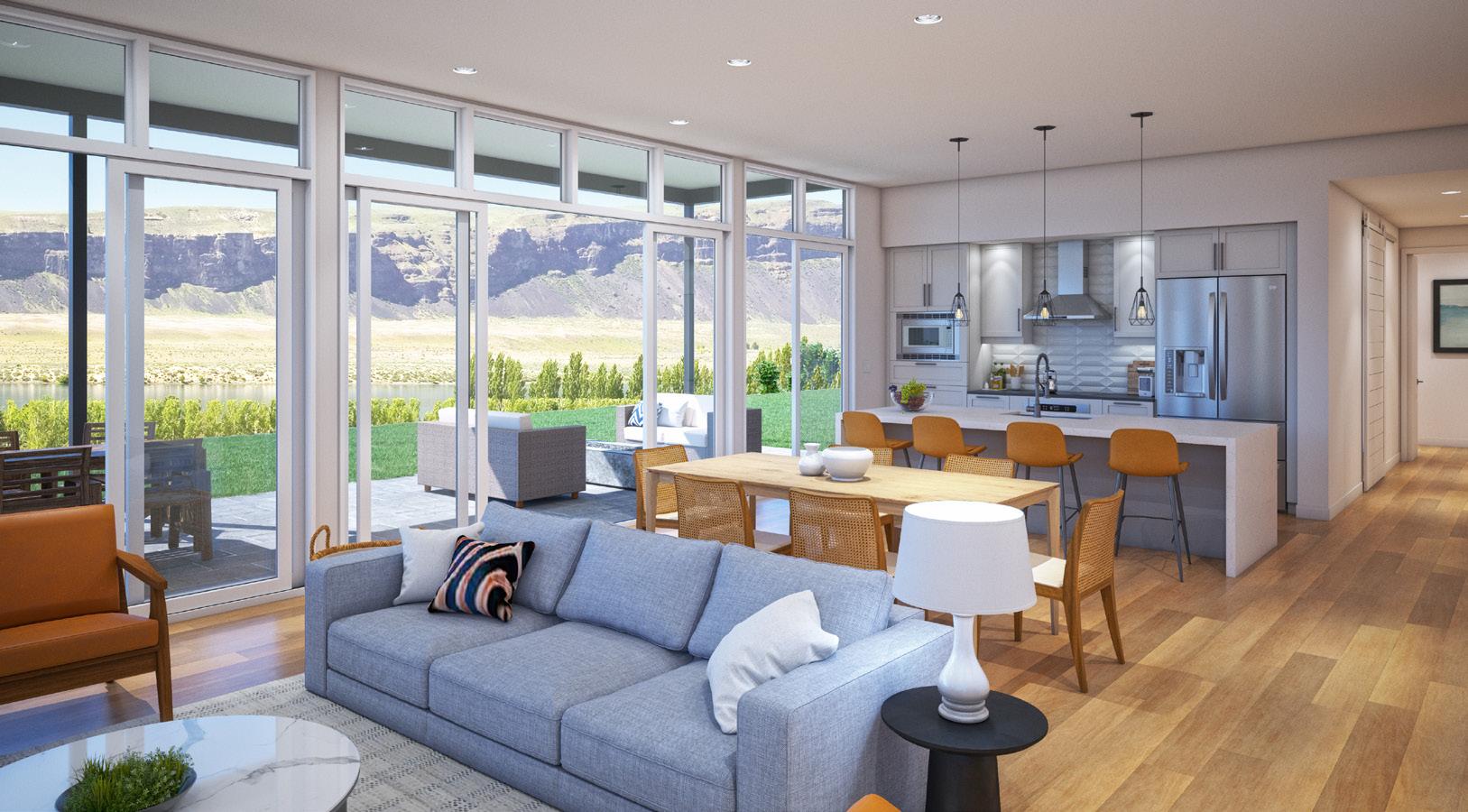


by ALLISON POLLOCK-PUGH
Freedom and prosperity have been foundational components of the American Dream for generations, and to many, owning a home is an important milestone in achieving that dream. The feeling of having a piece of land that is yours, four walls, and a roof to hold and protect your family is unparalleled.
Reaching the goal of homeownership provides stability and connections to the community and builds financial wealth over time. It’s also one of the most significant investments you’ll make in your lifetime—both in your future and financially.
You want to choose a home that meets the needs of your current lifestyle, stage of life, and any future goals you have for yourself and your family. The journey to and the process of buying a house is unique for each buyer. A growing family has different needs than an empty nester looking to downsize. A single parent desires vastly different features than a new retiree.

Whether you’re a first-time home buyer or a seasoned veteran, the process can be overwhelming. One of the best first steps is finding an experienced Realtor— they have the training and knowledge to walk you through the process, give you the ins and outs of the neighborhood, and get down to the nitty-gritty details to help you make an informed decision. For this reason, we’ve turned to the professionals—real estate broker Jackie Suarez of Century 21 RiverStone, Eric Skinner, owner and associate broker at Skinner & Stevens Properties, and real estate agent Brenda Burk of Brenda Burk Group, Coldwell Banker Schneidmiller Realty— for their insight to help clear up the sometimes muddy process of purchasing a home.


Make a list.
Most people considering buying a home have imagined their “perfect” house. For some, it’s a brick house with a white picket fence, while others crave a low-maintenance condo in the city— either way, it’s likely you have more non-negotiables than you initially realize.
Make a list. Have each person involved in buying the home and who will be living in the home make a list of the features they most want and things they truly need. Then you can review the list—maybe drop the wall-to-wall trampoline room requested by your 7-year-old—and rank the features by importance. Doing this will help narrow down properties during your search and keep you focused as you visit potential properties.

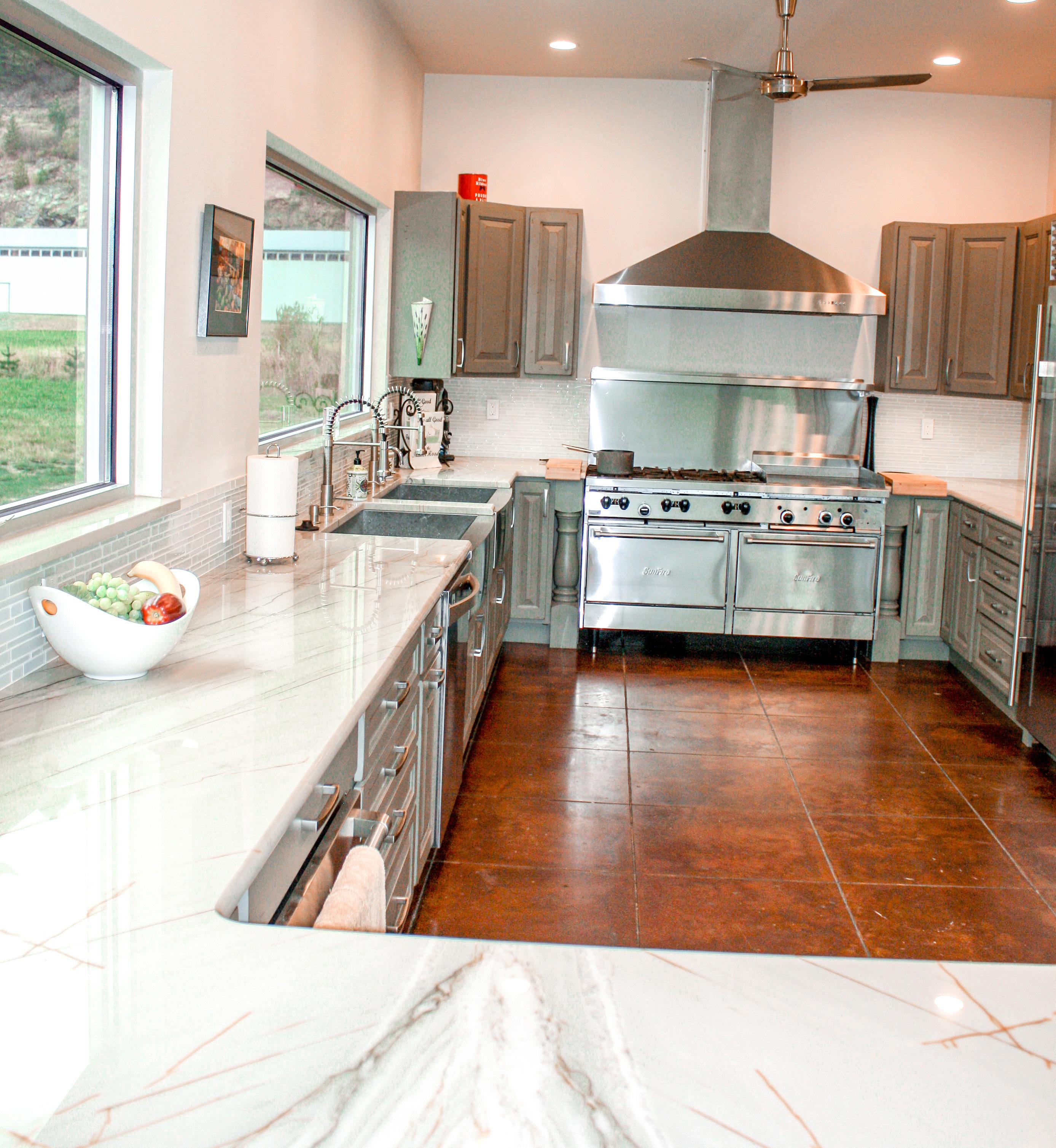
Don’t overlook MUST-HAVE features.
As potential buyers start viewing homes, they can quickly get distracted by the beautiful countertops and professionally staged presentation. Relying on an imagined picture in your head can lead to overlooking must-have features. Jackie says, “Many times, you’ll sense whether a home is the right size, layout and style for you. When it hits all of the marks, focus on things you don’t see right away. Are the systems updated or wellmaintained? How long do you anticipate you will be in this home, and will it still satisfy you in the long-term?” There’s nothing worse than falling in love with a house only to remember later that you swore you’d never share a closet with your spouse again.
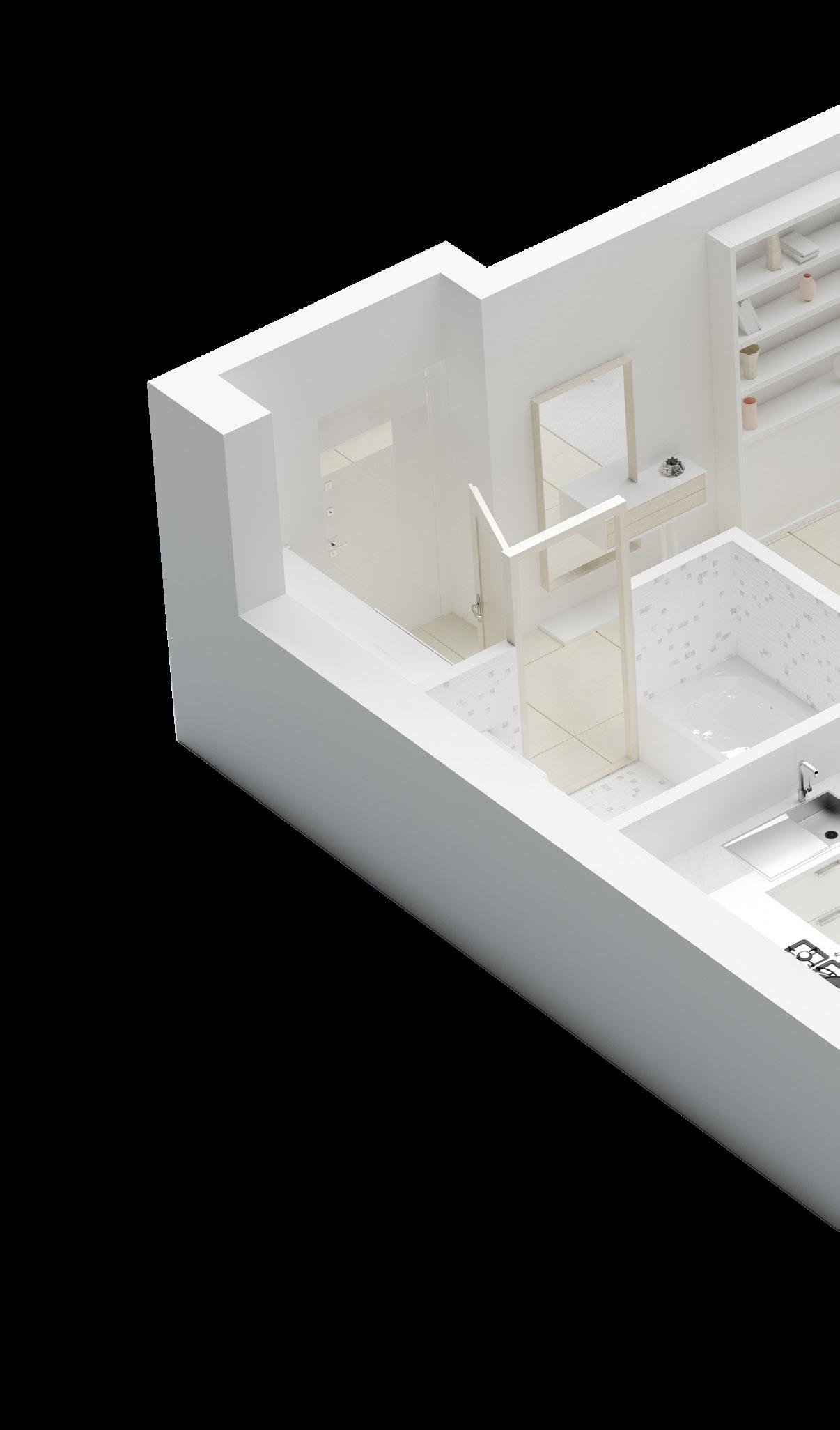

Location. Location. Location.
“Location, location, location” is a common phrase in real estate. Besides being in an area where you want to live, the location is also directly linked to the current and future home value. The features that determine what constitutes a good location differ for each home buyer, but there are some generally accepted objective factors to consider. The location determines which schools your children will attend, how long your commute to work will be, and which community you will be involved with daily. Brenda also says the following should be addressed when looking at a home’s location: “Schools, health care, churches, access to public parks, public water, zoning, CC&R (covenants, conditions and restrictions), flight pattern, proximity to commercial business or use, and future development in the area.”

Research the area.
Researching an area and working with a knowledgeable Realtor also helps when evaluating neighborhoods. Take a walk in the neighborhood and talk to people who live there. This will help you get a feel for the mood of a neighborhood but can also provide invaluable insight into real-time issues or benefits of the neighborhood. Another factor to consider are the future plans for the area. New construction neighborhoods are popping up all over—depending on your needs, you may want to hold out for one of the new builds, or you might not want to buy right next to a future construction site. “Visit the property during different times of day to learn about traffic, noise or odors and look at surrounding properties to see if any changes are planned such as zoning, highway or road widening that may affect the property,” Jackie says. You should also consider the crime in the area, if there are any benefits such as recreation facilities, and if there are HOA dues that will affect your monthly payment.



Consider the lot.
Remember, your location also includes the lot on which the home stands. You can remodel and renovate a house to your every specification, but the lot will remain the same. Consider the lot location and size carefully when viewing homes. Does it get enough sunlight? Will the driveway be difficult to navigate when it snows? Is the yard large enough for your kids and dog to run around? Are you prepared for the amount of maintenance needed for this size yard?
“I think, oftentimes, folks fall in love with something about a property without thinking as much about how their daily life fits in with the property,” shares Eric. “Things like snow removal, winter sun locations and ease of lifestyle while living on

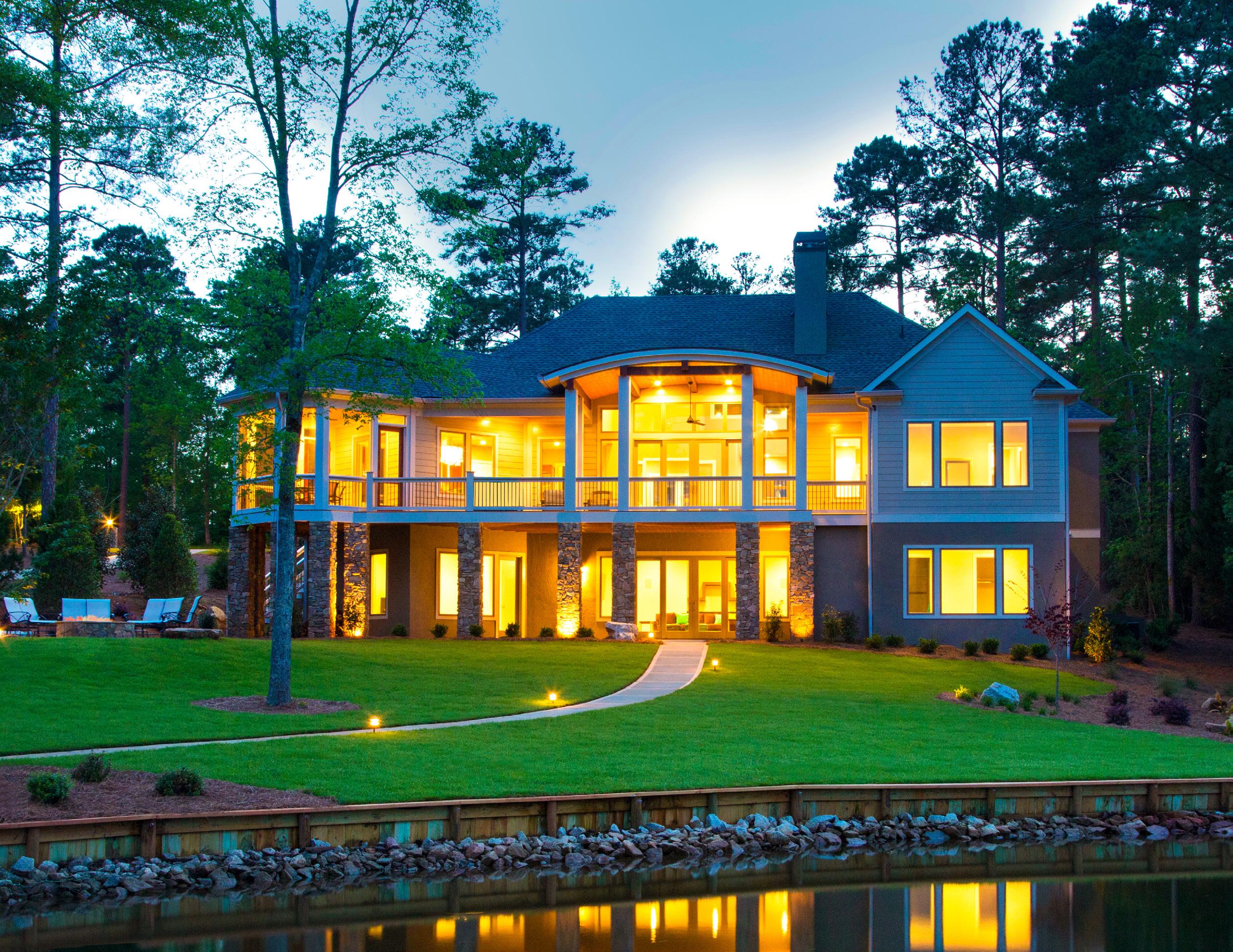
Jackie also tells potential buyers, “Research whether the land is in a flood zone or wetlands area and whether there are easements for others to cross over the property. If the data is not readily available to you, your real estate agent should know where to help you find it. If anything about the location or the lot seems concerning or feels like a compromise to you, don’t hesitate to walk away. It will be easier to find another property in a better location or lot than to live with frustrations that could’ve been avoided.
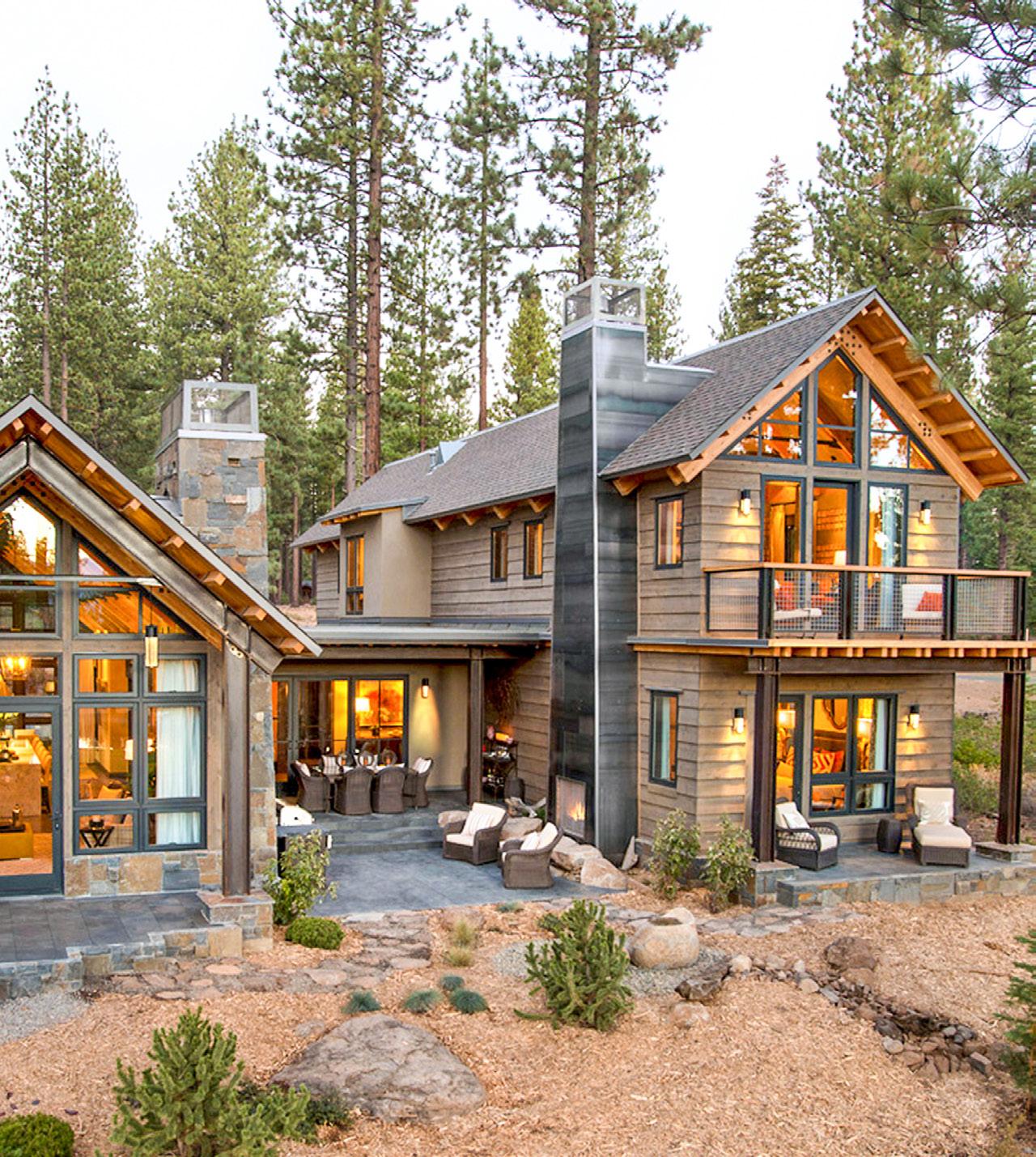
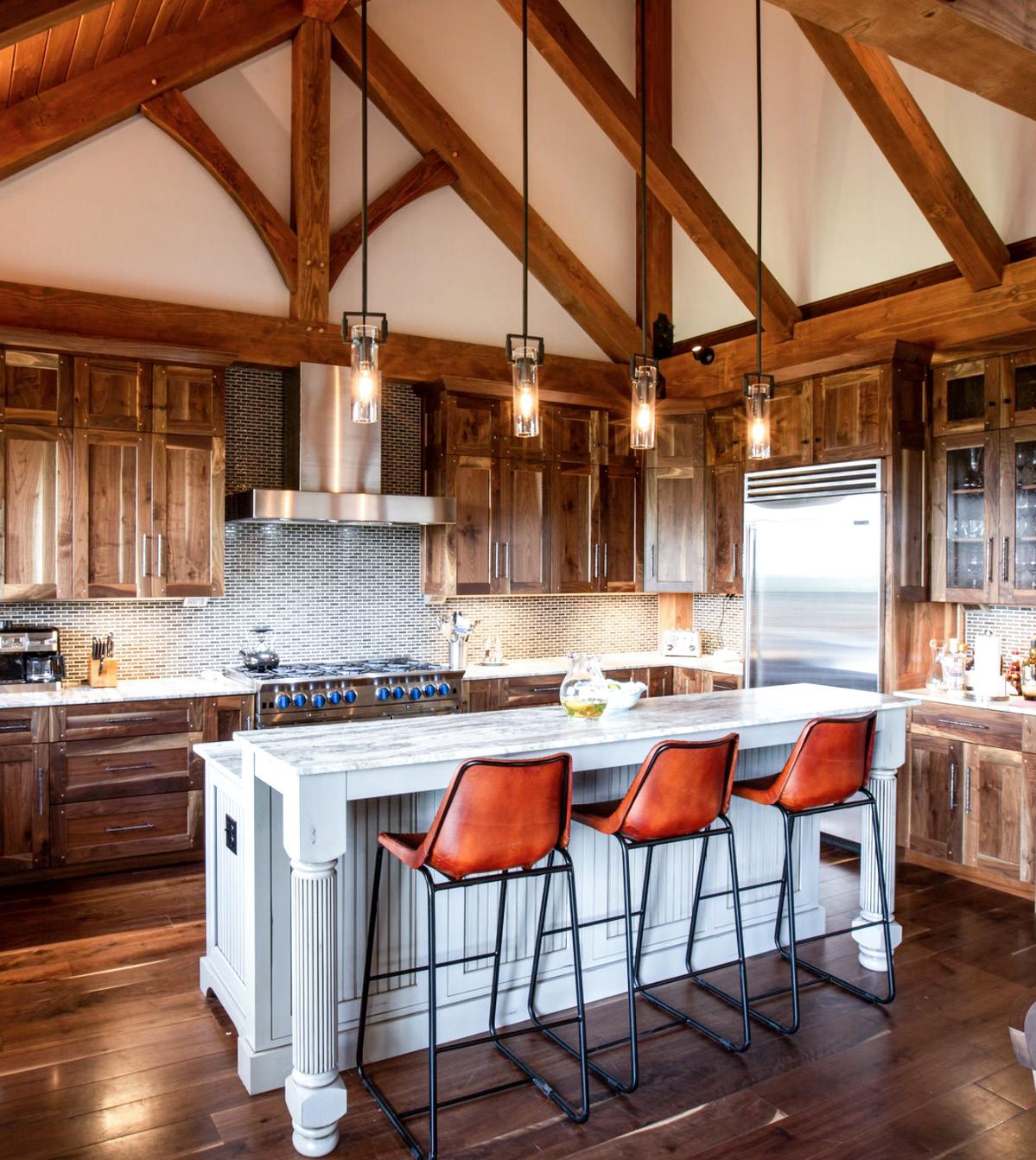
Know your budget and the market.
It is imperative to know your budget and the market. While this sounds simple enough, it can be a complex process. You need a clear picture of your finances to determine a down payment amount and the maximum mortgage payment you can afford. Your real estate team can help review various mortgage payment scenarios and point out sleeper costs, including HOA dues, homeowner’s insurance, and property taxes.

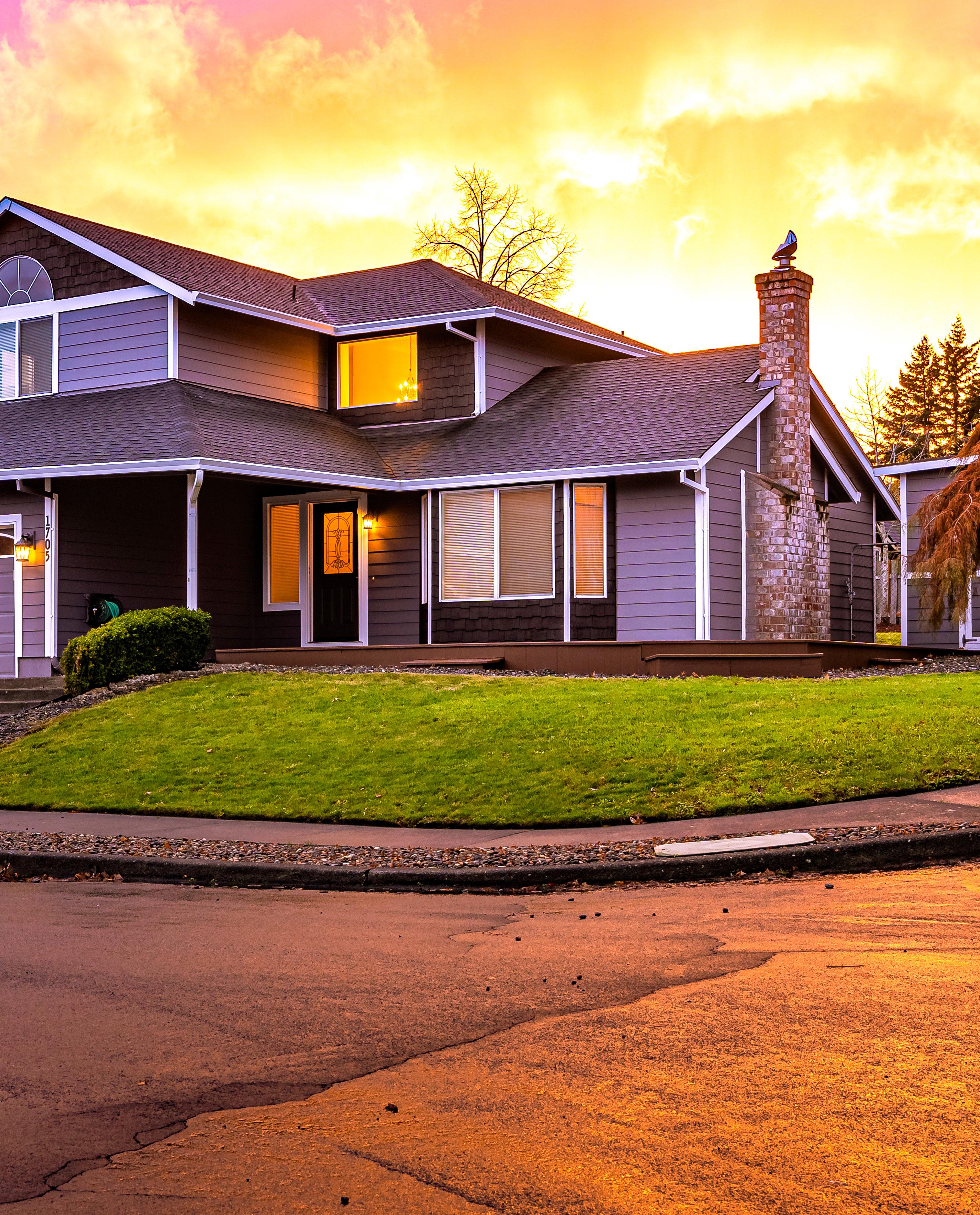
Technology in the new age.
The COVID-19 pandemic changed the way homes are bought and sold. Using technology became the norm, popularizing remote home buying based on video walk-throughs. Oftentimes the first chance a buyer had to go inside a home was when they began moving in. As Brenda says, “The best policy is to visit the home. If not, you need a trusted Realtor to be your eyes, ears and nose for a true and acceptable picture of the property. Virtual tours should always be done by your agent, as the seller’s polished virtual tour is edited to sell.”


The right time to buy.
The market, interest rates and inventory have been rapidly changing over the past few years, but real estate is cyclical. Depending on your circumstances, now might be a great time for you to buy, but not ideal for others. As Jackie explains, “Timing is different for each person. The right time to buy is when you are ready. Make sure your finances are in order and consider whether you need a short-term or long-term investment. Rely on local professionals for advice.”
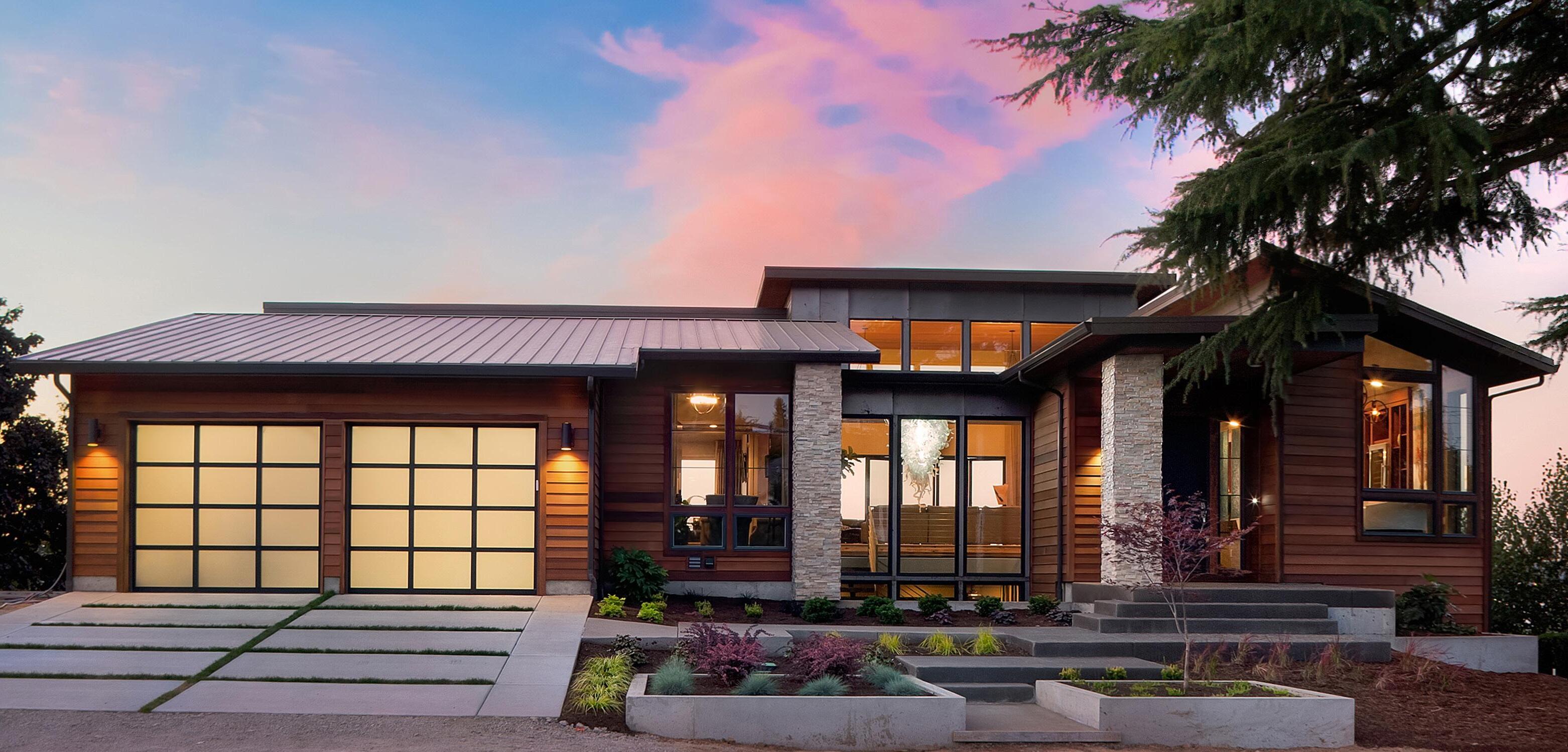

Living Her
Purpose
by JILLIAN CHANDLER
rowing up, Jackie Suarez’s family lived in various places throughout her and her five siblings’ childhood. Her father worked for a large corporation, and relocation was standard at the time. “Moving to a different place every few years was normal for us,” she recalls. These memories help her empathize with her clients during their time of transition.Nurturing relationships are essential to Jackie and the work she does as an associate broker with Century 21 RiverStone. “I listen, communicate and work hard to help my clients prepare and negotiate to reach their goals. It’s important—that’s why they place their trust in me during their times of change.” she affirms.
Jackie’s first experience working in the real estate world would be as a paralegal for real estate attorneys in North Carolina, where she searched titles and coordinated closings. After that, she became a title officer and branch manager for a title insurance company. This experience formed the basis for her understanding the mechanics of negotiating and closing real estate transactions.
In 1999, Jackie and her husband Carlos jumped at the chance to relocate to North Idaho with his employer. “Being a real estate agent was the natural next step for me,” Jackie recalls. “In 2000, I got my license and never looked back. Now I get to help people buy and sell real estate, and it’s very gratifying work.”
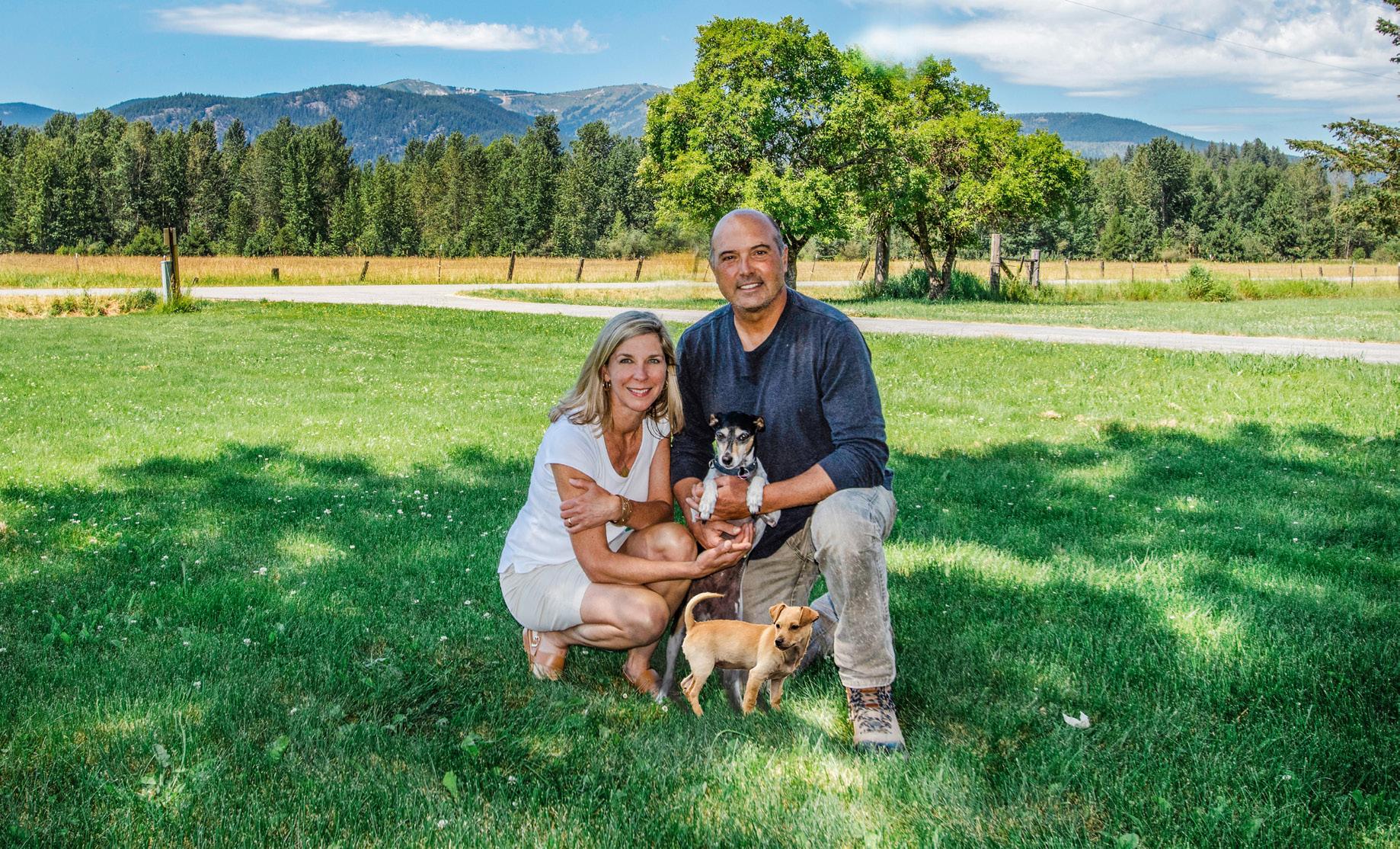
As a real estate broker for more than two decades selling throughout North Idaho, Jackie has been voted Sandpoint’s Finest Realtor® 2017 through 2022 and offers her clients a unique perspective on the ever-changing real estate market, as she brings her years of knowledge and expertise home.
43

In May 2022, when Christian Fioravanti quit his full-time job to join the staff at Make a Difference (MAD) Energy as the chief marketing officer, he knew that—at least for the time being—his work would be completely pro bono.
And Christian was not alone. Multiple founding members of the MAD staff came to the organization without the expectation of a paycheck. They chose this because they believe in the mission of the organization, and they realize its potential to impact the world.
"Every single person here really has a dedication to the mission first," Christian affirmed. "We are not here for a job or job security. We are not here to get a paycheck and just do our tasks each day. Everyone here is dedicated to helping the world and making a difference."
With world-class energy experts in leadership positions, a network of subsidiary companies around the world and teams of researchers and scientists developing clean energy solutions, MAD Energy finds itself on the bleeding edge of some of the most innovative clean energy technologies in existence today.
In its three years of existence, MAD has raised $100 million in investment funding and created strategic partnerships across the globe, setting in motion the initial phases of the organization's mission to produce "clean, abundant and affordable energy for the world."
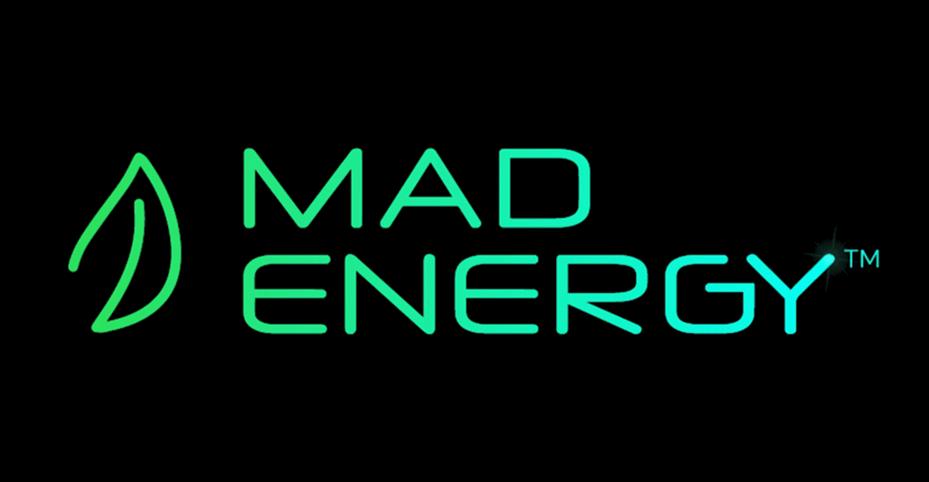

Admittedly, many of MAD's ambitions might sound grand and wide-ranging, but that was the emphasis from the beginning, according to Christian.

by CHRISTIAN WEANER

Could the next billion-dollar business be based in Sandpoint, Idaho?
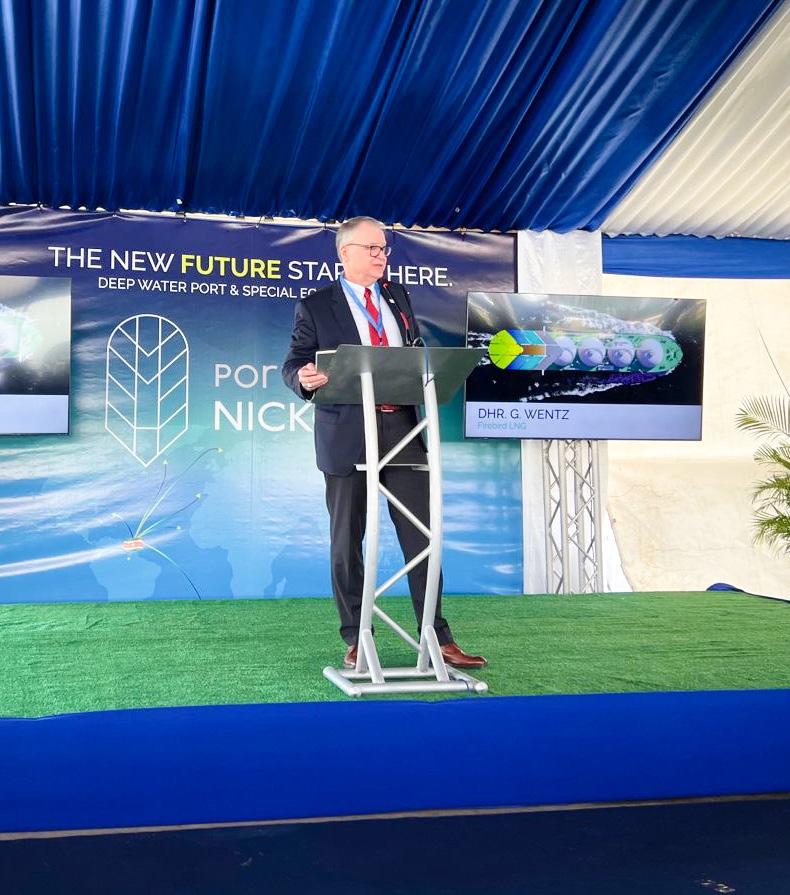

"We love the idea of Sandpoint, Idaho, being the headquarters for a company that is going to impact the world," Christian stated. "The comparison to Elon Musk, Starlink, and some of the big things that he is doing … We believe a company like that—like a SpaceX –can be here in Sandpoint. And that's MAD."
MAD Energy was founded in February 2020 by successful international attorney and businessman George Wentz.
Having operated in the energy sector for more than 40 years and represented some of the world's largest oil and gas companies, George has developed a knack for looking beyond the surface level and addressing the root challenges humanity faces today regarding energy production and distribution.
Access to energy can impact everything from food production to currency fluctuation. According to a recent study conducted by Our World Data, more than 750 million people still do not have access to electricity today, and 3 billion—or 40 percent of the world's population—have no access to clean fuels for cooking.
“We can do so much better,” Christian remarked. “A lot of us, if you look back in time, always imagined that in 2023 we’d have maybe flying cars by now. We assumed all of these basic human problems would’ve been long gone. And yet, here we are in 2023 with things being much worse in certain cases than they were previously.”
But MAD's philosophy is not to settle for finger pointing and arguing about who is to blame for these global issues. Conversely, for George, to begin construction on the 1,500-hectare site that will eventually house one of the first greenfield LNG facilities in the world. with MAD, making MAD Energy the organization's sole Power Integrator as it begins to roll out a global web of datacenter infrastructure.
Christian and the entire team at MAD, finding solutions that provide abundant and affordable energy to individuals around the globe is at the heart of everything they do.

"So, how do you solve some of these challenges for the world?" Christian interjected. "Of course, they are big challenges—it’s a tall order—but there are definitely people in positions that can make a difference and begin to shift things for humanity."
Practically speaking, MAD is attempting to solve some of these largescale issues by funding research teams and developing strategic partnerships that allow for increased creation and distribution of clean energy throughout the world.
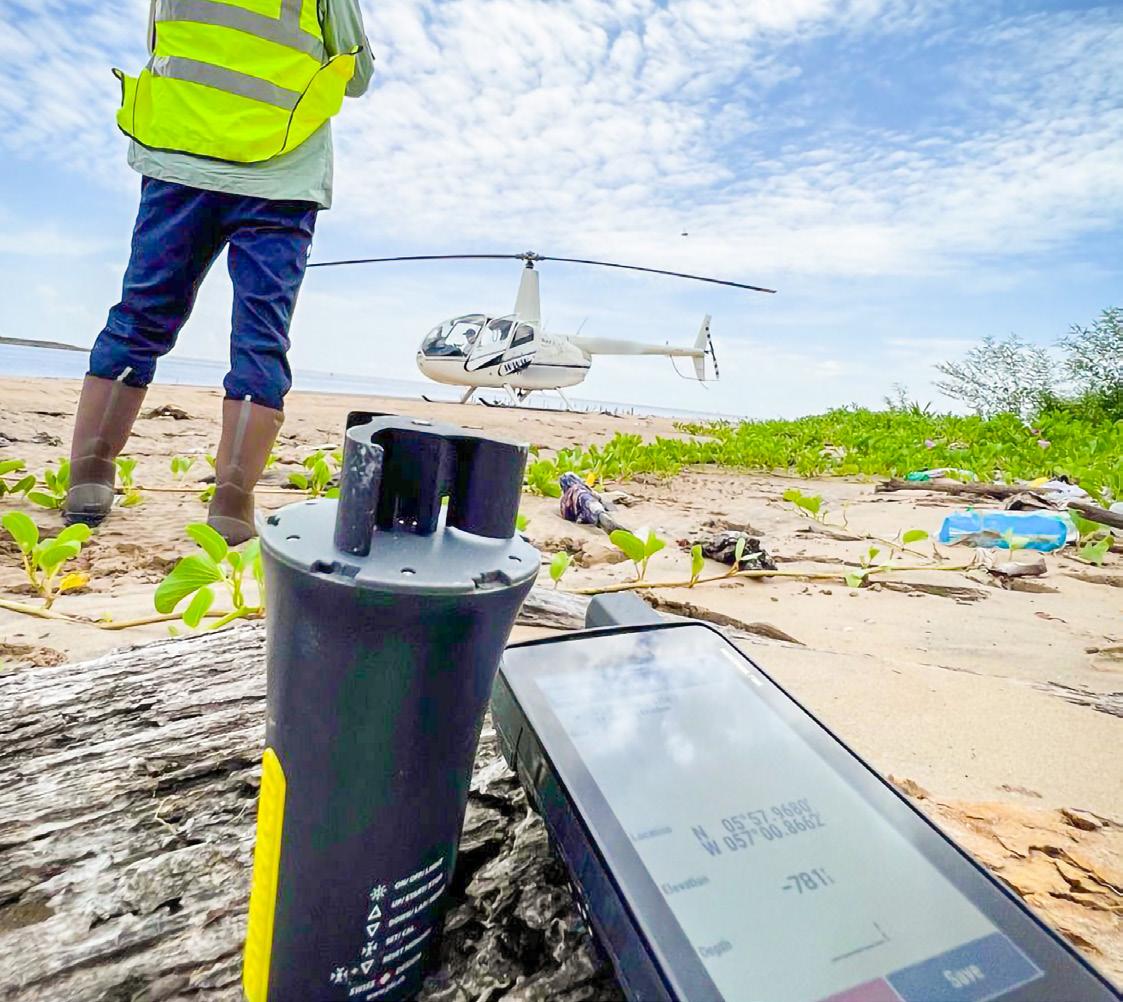

"We are developing both large infrastructure energy projects while at the same time developing research and development technologies that have the potential to really impact the people of this world in a big way," Christian added.
One of these projects currently being negotiated and set into motion is a MAD subsidiary company called Firebird LNG, which is aiming to plant a liquefied natural gas (LNG) site in the resource-rich Guyana-Suriname Basin.



"We are very close to hitting the key milestones to kick off that whole project off and to not only help lift up the people of Suriname and bring them to a first-world status very quickly because of this single project," Christian described, "but we are also going to be aiding Europe, which is in desperate need of natural gas."
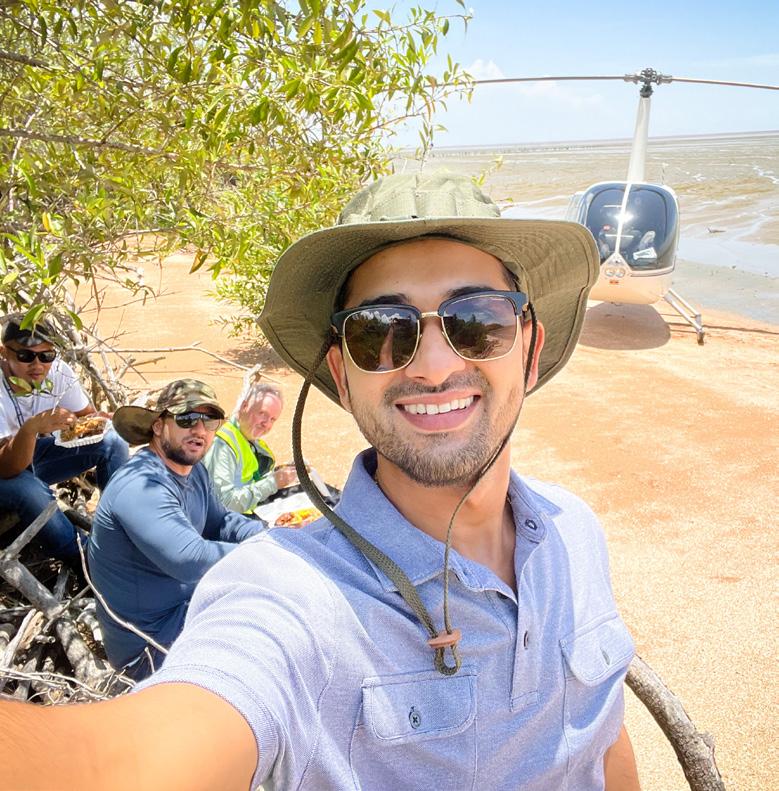
Another strategic partnership that MAD sees as a primary fixture in achieving its goals moving forward is with ADACEN, a next-generation data center operator based in Albuquerque, New Mexico, that provides data encryption and security for the United States and international governments as well as commercial companies worldwide.

A third, and possibly the most intriguing, project that MAD is currently working toward is developing a new technology designed to allow for wireless energy transmission based on the ideas of Nikola Tesla.

"MAD Energy is going to be the company that commercializes modern-day Nikola Tesla wireless energy transmission towers," Christian said. "And we are going to be able to bring safe energy and data transmission to the world."
While the notion sounds futuristic and bold, scientists— working in partnership with MAD—are currently in the research and development phase of a prototype tower in Milford, Texas, and they believe this technology legitimately has the potential to change the lives of billions of people around the world.


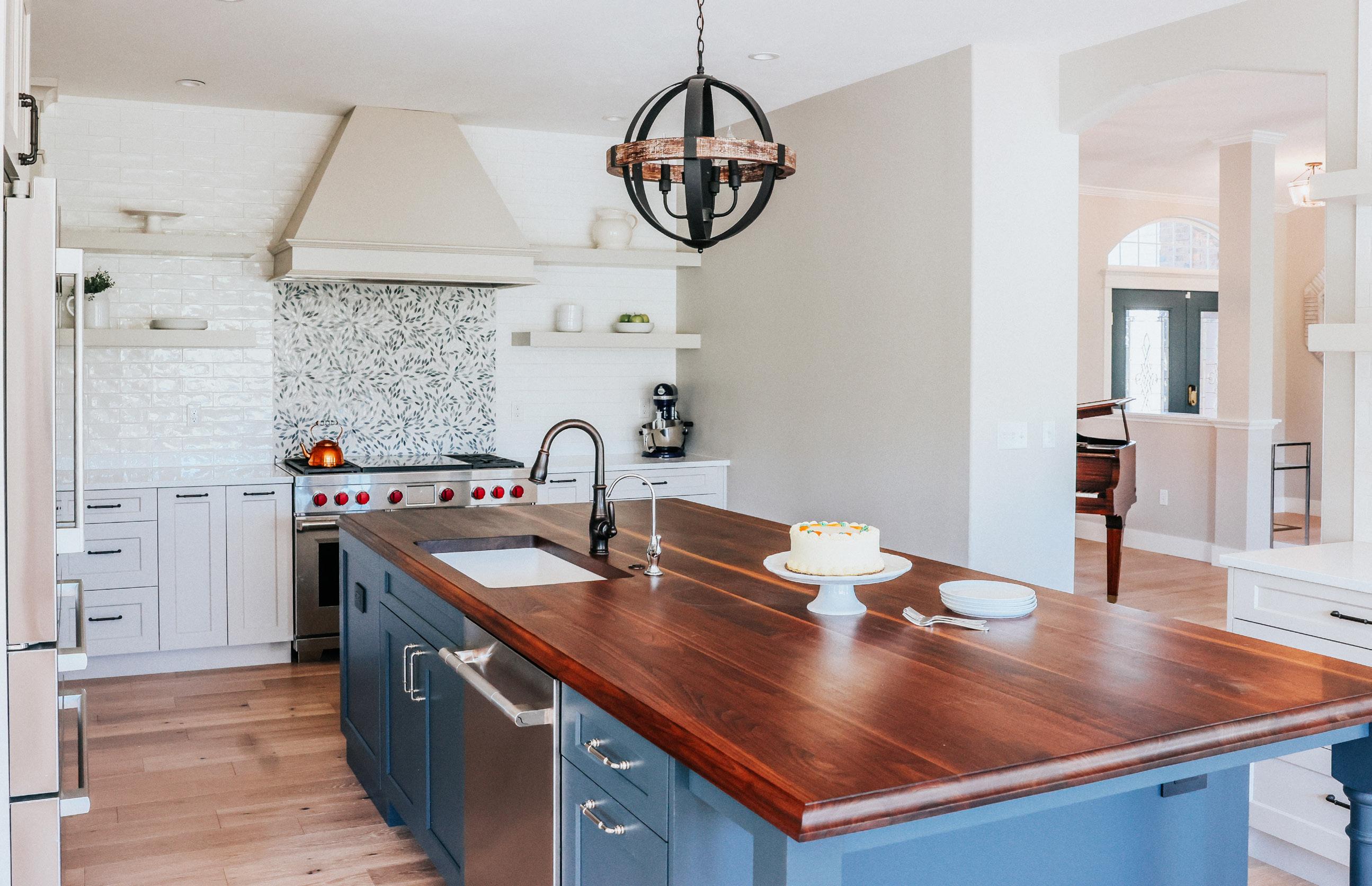

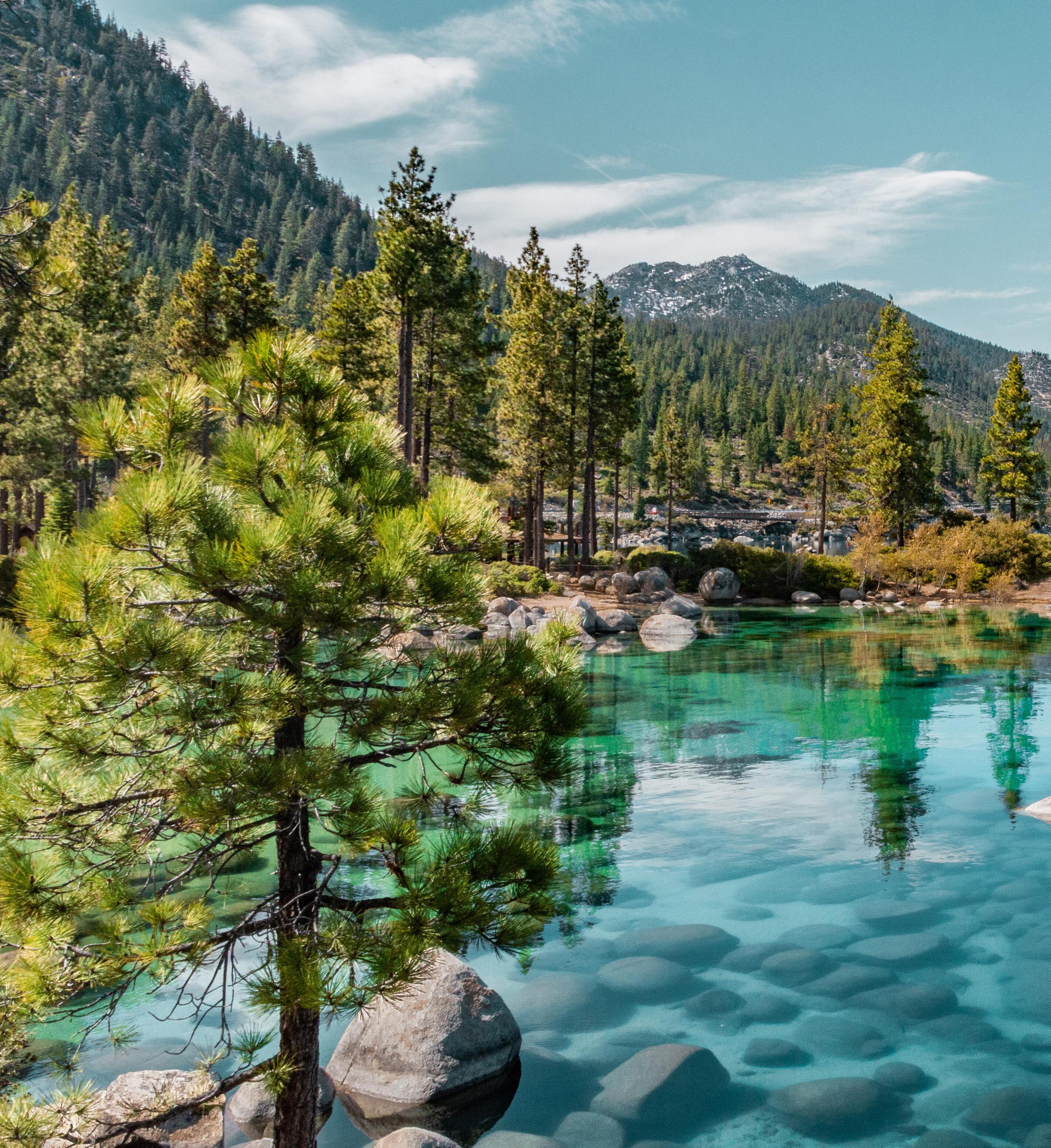
"What it ultimately means is we can take power from anywhere—whether it’s geothermal or it’s some other source— and we can transmit it all over the globe," Christian explained. "All these different countries, island nations, very poor areas of the world, they [could then] receive access to very inexpensive energy, which could heavily reduce their power bills and overall cost of living."
Ultimately, in everything MAD does, the organization's primary goal is to put the power back into the hands of the people. One primary way MAD accomplishes this goal is by funding itself entirely through retail and accredited investors.
"Not only is MAD funded by the people—because we wanted to bring the people in to [reap] the reward that comes from this [instead of] big oil companies or Wall Street," Christian said, "but we also plan to allow for investments into our subsidiary companies, as well, by both retail and accredited investors."
When MAD conducted its initial retail raise last year, the organization gave common people the ability to invest in the company, setting the minimum investment at just $500. The response was incredible, according to Christian, as more than 400 individuals invested.
"That is pretty exciting to me because to this day, [many of] those people still have no idea exactly what they have put their money into from the standpoint of what I believe [MAD] will ultimately become and what is in store for them as we begin to see positive revenue coming into the company," Christian said.
As MAD continues furthering its global clean energy projects, the organization hopes to encourage prosperity in North Idaho, North Africa and everywhere in between.
"Something very special is being done here [at MAD]," Christian noted. "And it is the coolest thing ever, to me, that it's headquartered in Sandpoint, Idaho, because I look forward to seeing some of those external benefits supporting this area because of the success of this company.
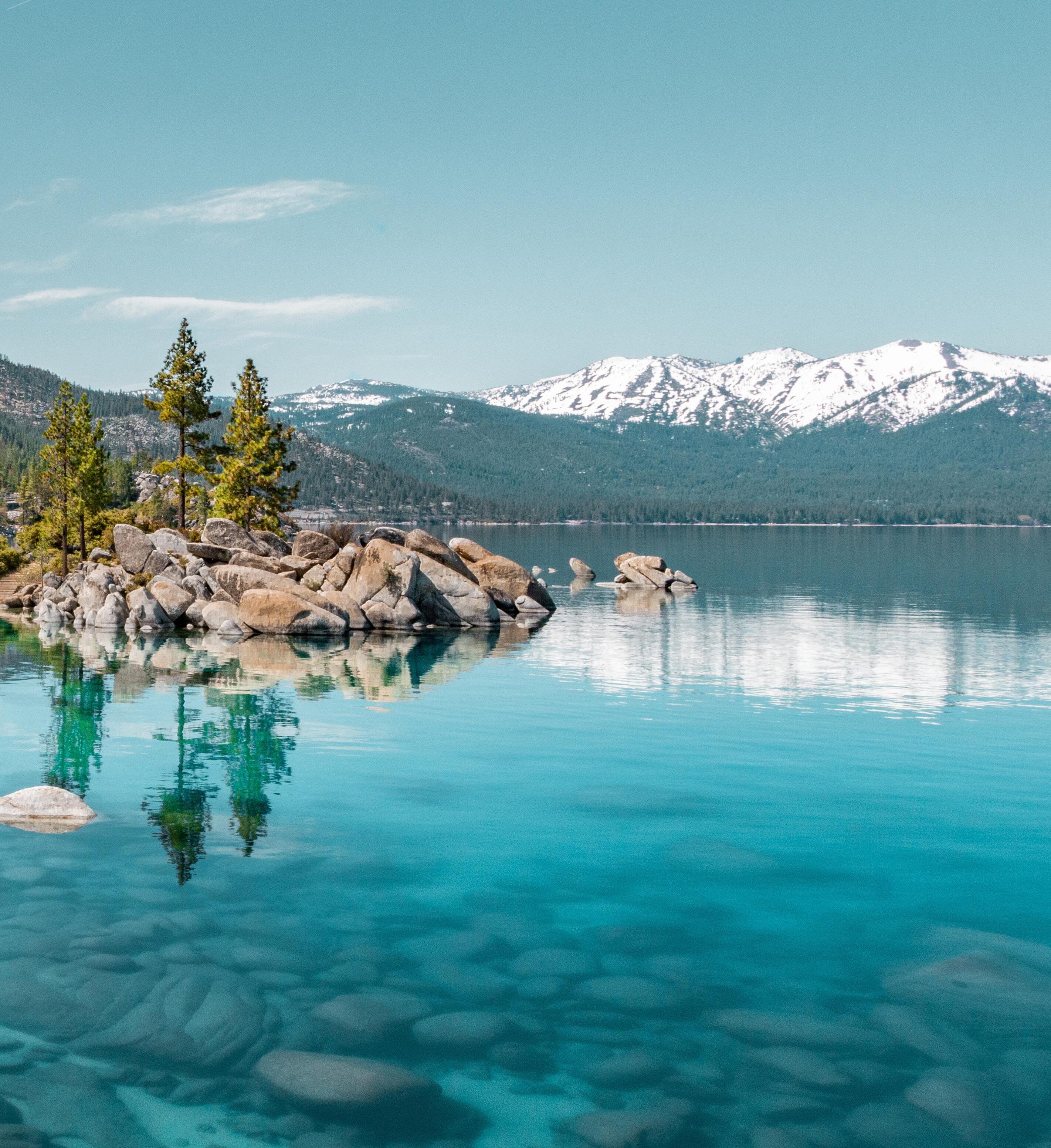
If you want to learn more about how you can invest in the mission of MAD Energy, contact Head of Investor Relations Mat MacDonald at 208.627.9390 or mat@madenergy.com.
